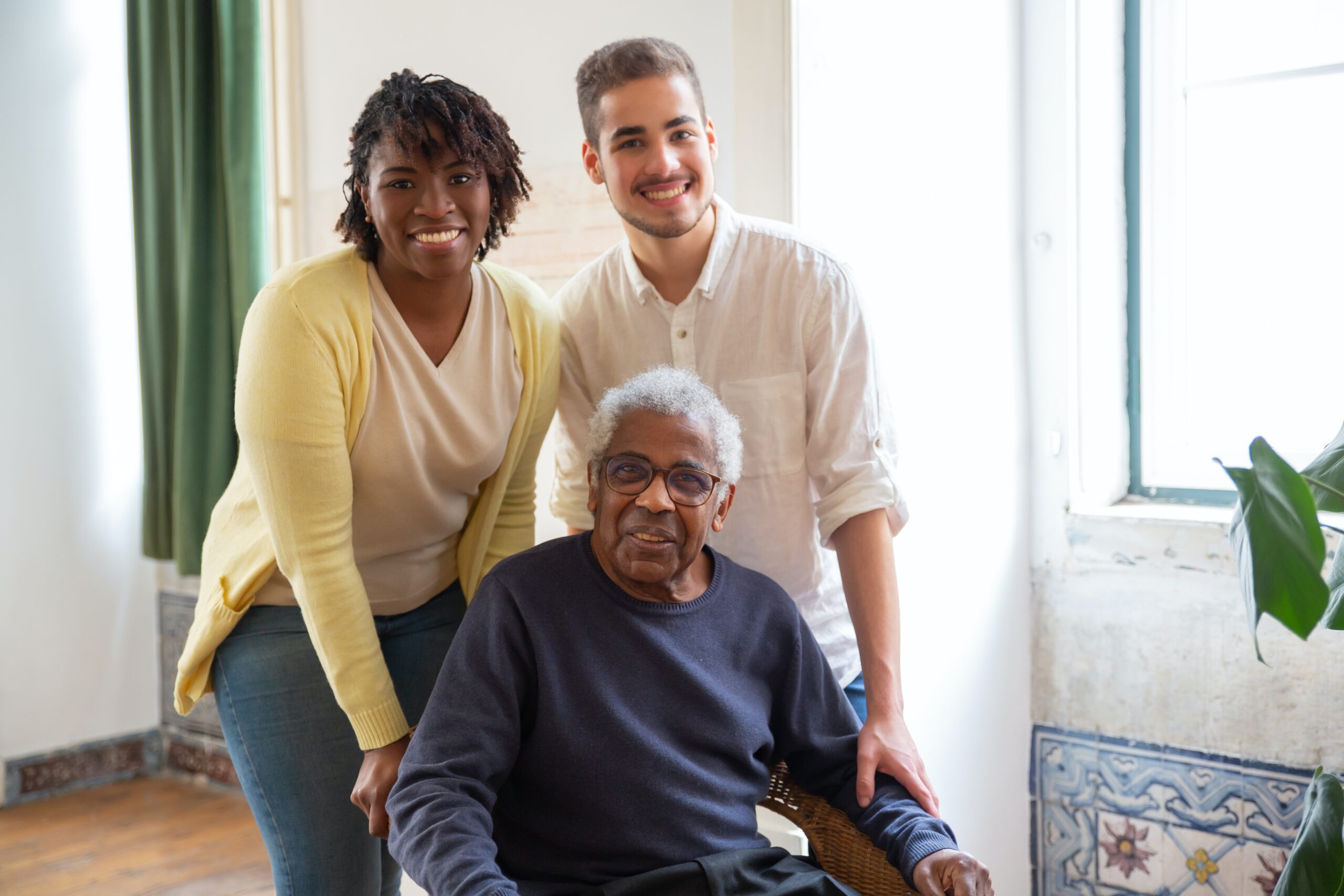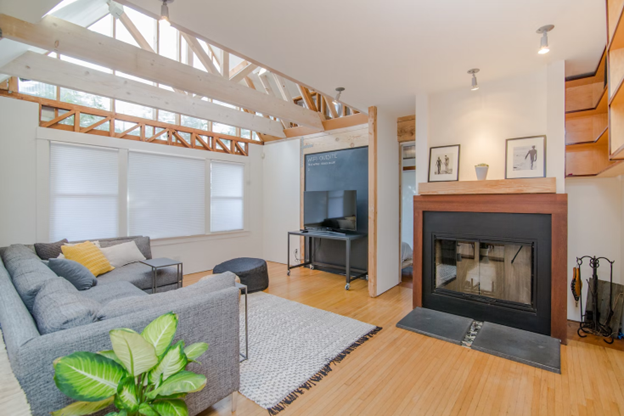Authored by Jamie Benjamin
Practicing yoga is a great way to stay fit, de-stress, and stretch out all your aches and pains in the privacy of your own home. There are many proven benefits to regular yoga practice, especially for seniors. Decreased anxiety, better sleep, and improved mental focus are just three examples.
Yoga is a form of exercise that benefits both the body and mind, making it the perfect outlet for people of any age group. Able to relieve chronic fatigue, manage stress, and improve concentration, this form of exercise is a highly beneficial practice for the young and old.
Whether you’re seven years old or seventy, using yoga as a form of physical movement and mindfulness can be rewarding on multiple levels. Plus, you can do yoga just about anywhere. Even if you’re housebound or in a care environment, you can still practice the poses in whatever way your body allows. However, having a comfortable space for your yoga practice makes it all the more enjoyable, fulfilling, and relaxing. You don’t need a whole room or floor to ceiling mirrors, but it is a great idea to set up a space that best suits your purpose.
With these seven steps, anyone can create a comfortable spot for stretching the body and quieting the mind.
Pick A Quiet Location
Yoga is often about bringing the mind to a place of stillness rather than chaos. Picking a quiet, undisturbed area to practice in will allow you and anyone sharing the space to feel completely relaxed and comfortable.
Setting up a yoga space next to a busy kitchen or TV area might create some sensory disturbances that prevent you from fully unwinding. Picking a location that is separate from other areas can help you to have a calmer and more fulfilling experience.
If an indoor location is a problem, you may find that practicing outdoors is a great alternative. All you need is flat ground and a space to roll out a mat. Just avoid direct sunlight as you don’t want to get sunburnt or dehydrated.
De-Clutter The Space To De-Clutter Your Mind
It’s often difficult to relax in a space filled with random clutter. A room filled with boxes, books, or craft supplies will present limitations for both the physical and mental elements of typical yoga sequences.
Not only will a cluttered environment make it difficult for your body to execute its movements with ease, but it will also add to the mental stimulation that yoga aims to reduce.
Being present with your body and mind is tough when there are loads of colors, shapes, and textures around you. Rather, go for a minimalist space that only contains what is absolutely necessary.
Dim The Lights
Lighting can greatly influence the atmosphere of an environment—and when it comes to yoga, the atmosphere is everything. Very bright, harsh lights can be taxing on the eyes and make you feel uncomfortable or overly exposed.
Using dimmable lights, candles, or natural sunlight instead of bright LEDs can help create a cozier yoga environment that helps you to feel more relaxed. You don’t need too much light to practice yoga. A simple window, decorative lamp, or warm fairy lights will do the trick.
Bring Nature Inside
There isn’t much in this world as soothing as nature. Numerous studies have proven that being in nature is good for our mental health. It soothes anxiety levels and can even make our perceptions of time slow down. By bringing elements of nature into your yoga space, you can recreate these calming sensations.
Indoor pot plants, driftwood, a water feature or even a large window that looks out onto a garden can help you feel more in tune with your body and the world around you.
Hang a Piece of Artwork You Love
If your space is relatively minimalistic and not filled with color, hanging art up on the walls can make it all the more relaxing. Try to avoid bright, bold colors and highly complex textures. Something simple in composition and color palette will create the best visual effect.
If you don’t have any artworks or the ones you like are too expensive, consider creating your own to add a personal touch of creativity to the space. Use your experience of movement, mindfulness, and relaxation to inspire what you create.
Pick Your Colors Wisely
The colors of your walls, floors, and ceilings can dramatically influence the overall mood of any space. Muted, cool, or neutral colors work best for both formal and informal yoga studios because they allow you to focus more on the practice than on the décor. You can use this as inspiration for your space.
Soft grays, blues, greens, and shades of off-white are all good options for an area where you enjoy a low-impact workout. If changing your wall color is not possible, you can opt for an atmosphere-appropriate wall hanging, or compensate by making everything else in the space muted and soft.
Add Scented Candles Or Incense
When you’re focusing on your yoga breathing techniques, the last thing you want is to be distracted by unpleasant aromas.
Even if there are none around, adding some naturally scented candles or incense sticks can have a powerful and relaxing effect on the senses.
There are so many beautiful fragrances to choose from, and bringing them into your cozy yoga space will make your practice all the more enjoyable.
Essential oil diffusers are also an option, but anything from fresh flowers to a scented candle can add to the ambience.
Install A Wall Mirror
Even a small wall mirror in your yoga space can offer a lot of practical value, especially if you struggle with alignment. Not only do mirrors add depth and spaciousness to even the smallest of rooms, they can also provide a backdrop for following physical movements and instructions.
Having the ability to track your progress can help prevent injuries from occurring and ensure that you’re making the most out of your movements.
From first time elderly yogis to seniors with years of asanas under their belt, everyone with a passion for this calming practice can benefit from creating a balanced and comfortable exercise environment.
About Jamie With a passion for writing, Jamie Benjamin loves to get creative on topics covering health and wellness, self care, mindfulness, and fitness. For Jamie, self care means going on a hike with a friend, reading a good book by John Irving, or having a huge slice of apple pie (with a scoop of ice cream).










